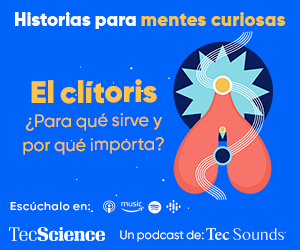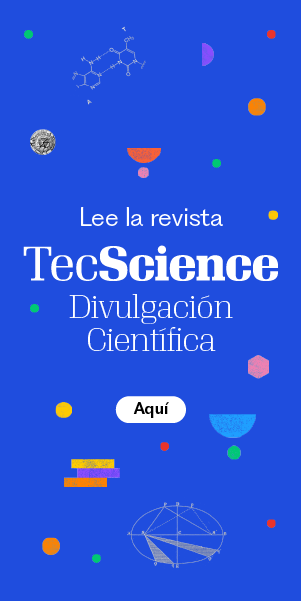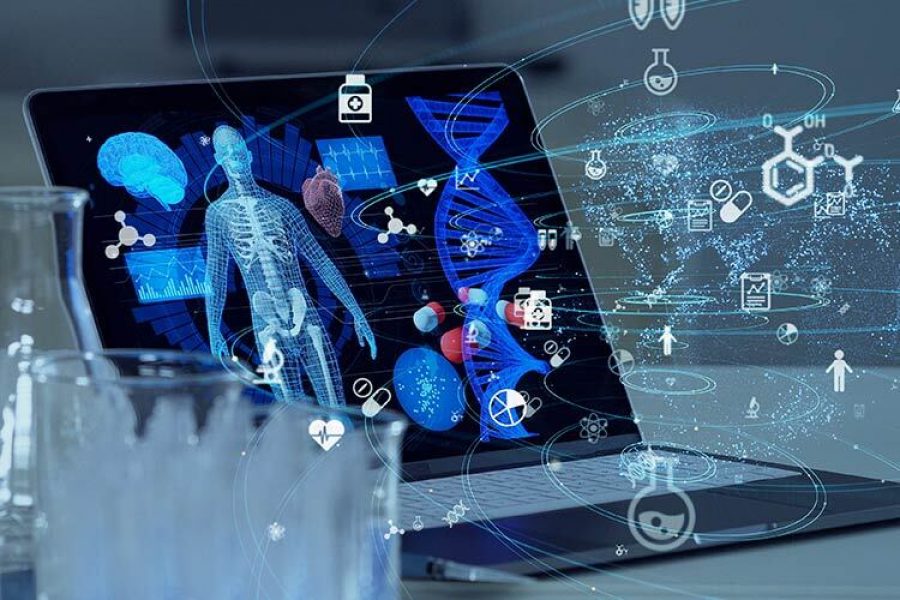An article was recently published in which researchers from the University of Texas linked a continuous, long-term ketogenic or keto diet to accelerated organ aging, but what does the keto diet consist of? Where did the keto diet come from?
Several decades ago, the media popularized diets supposedly used by celebrities to lose weight, including the keto diet, which is currently followed by about 13 million people in the United States, according to a paper from the University of Texas.
However, this famous diet plan had been around for a while. According to a Harvard University website, “In the 19th century, the ketogenic diet was commonly used to help control diabetes. In 1920, it was introduced as a treatment for epilepsy in children in whom medication was ineffective.”
The low-carbohydrate, high-fat ketogenic diet has also been tested and used in closely monitored settings for cancer, diabetes, polycystic ovary syndrome, and Alzheimer’s disease.
What Is the Keto Diet?
Although there are several versions of the keto diet, most include “foods high in saturated fat, such as fatty cuts of meat, processed meats, eggs, dairy, and butter, as well as sources of unsaturated fats, such as nuts, seeds, avocados, plant oils, and oily fish,” says Harvard University.
On the other hand, foods that are not included in this type of diet plan are those rich in carbohydrates: starches from both refined and whole grains like bread, pasta, rice, and cookies, as well as potatoes, corn, starchy vegetables, most fruits, fruit juices, beans, and legumes.
In a nutshell, most of these types of ketogenic diets are based on a high fat intake, ranging from 70 to 80%, with moderate protein consumption and “severely restricting carbohydrate intake with a goal of bringing it down to less than 50 grams per day,” according to Advantages and Disadvantages of the Ketogenic Diet: A Review Article.
How Does the Keto Diet Work?
Let’s remember that our body only stores fat and sugar. When we eat, carbohydrates including grains, legumes, starchy vegetables, and most fruits, are converted into glucose, which is the main source of energy for our cells.
Keto diets don’t include carbohydrates, so the body extracts the glucose stored in our liver and temporarily breaks down the muscles to release glucose. However, after three or four days, reserves are depleted and blood levels of a hormone produced in the pancreas (insulin) decrease.
Then, the body begins to use fat as its primary fuel source. The liver generates ketone bodies (hence the name ketogenic diet) that begin to be used in the absence of glucose. When these accumulate in the blood, something known as ketosis occurs.
Although most organs can function on this alternative fuel, the brain, red blood cells, and adrenal glands require some glucose, but how do they get it if there are no more reserves? During ketosis, the liver and kidneys produce their own sugar through a process called gluconeogenesis.
Who Can Follow a Keto Diet?
Before starting a ketogenic diet, whether it’s to lose weight or due to a specific illness, you should consult a doctor or nutritionist because there are metabolic effects that aren’t suitable for every patient.
According to the paper Advantages and Disadvantages of the Ketogenic Diet: A Review Article, which covers several investigations on the advantages and disadvantages of the keto diet, “It has been shown to effectively lead to weight loss, reduction in hyperinsulinemia, and improvement in insulin sensitivity.”
However, “patients diagnosed with diabetes on insulin or oral hypoglycemic agents may suffer severe hypoglycemia if their medication regimen is not properly managed during the initiation of a ketogenic diet.”
Furthermore, by using fat reserves as fuel, the body demands a great deal of work from the liver, kidneys, and pancreas: “The keto diet is limited and contraindicated in patients with liver failure, pancreatitis, inborn disorders of fat metabolism, primary carnitine deficiency, carnitine palmitoyltransferase deficiency, carnitine translocase deficiency, porphyria, and pyruvate kinase deficiency.”
How Long Can You Stay on a Keto Diet Safely?
One week ago, on May 17, 2024, a paper was published in Science Advances relating the keto diet, when consumed over a long period of time, to accelerated organ aging of the brain, heart, and liver, increasing the risk of heart disease, kidney disease, and cancer.
However, this study by researchers at the University of Texas also discovered that organ aging can improve by switching back to a standard diet, and their mice experiment even showed that following an intermittent keto diet (alternating with a regular one) does not increase this risk.
This finding has important clinical implications because patients with diseases such as refractory epilepsy who need to follow this diet plan could reduce the risks associated with the ketogenic diet by following it intermittently, although researchers point out that their results still need further study in humans.
Another study published in 2020 titled Ketogenesis activates metabolically protective γδ T cells in visceral adipose tissue suggests that this diet may improve metabolism by activating tissue-specific resident immune cells, although a long-term continuous keto diet induces systemic inflammation, obesity, and glucose intolerance.
The paper Advantages and Disadvantages of the Ketogenic Diet: A Review Article, which carries out an in-depth analysis of recent research, concludes: “Based on our review, within the first 6-12 months of initiating a ketogenic diet, transient decreases in blood pressure, triglycerides, and glycosylated hemoglobin, as well as increases in HDL (good cholesterol) and weight loss may be observed.”
“However, the aforementioned effects are generally not seen after 12 months of therapy, as the changes reported in the studies we reviewed are not statistically significant. Further research is warranted to evaluate the long-term implications of a ketogenic diet.”
Furthermore, “despite the diet’s favorable effect on HDL-C, the concomitant increases in LDL-C and very-low-density lipoproteins (VLDL) may increase cardiovascular risks.”
“Additionally, the dietary restrictions required to sustain ketosis may actually lead to its low sustainability. Unfortunately, most available studies lack generalizability and validity due to their small sample sizes and short study durations.”
“Due to the limited amount of robust studies and lack of strong evidence evaluating the diet’s potential risks, recommendations supporting VLCKD (Very Low Calorie Ketogenic Diet) in patients with no comorbidities, or cardiometabolic and endocrinologic diseases should be made at the provider’s discretion.”
Did you find this story interesting? Would you like to publish it? Get in touch with our content editor to learn more at [email protected].
















